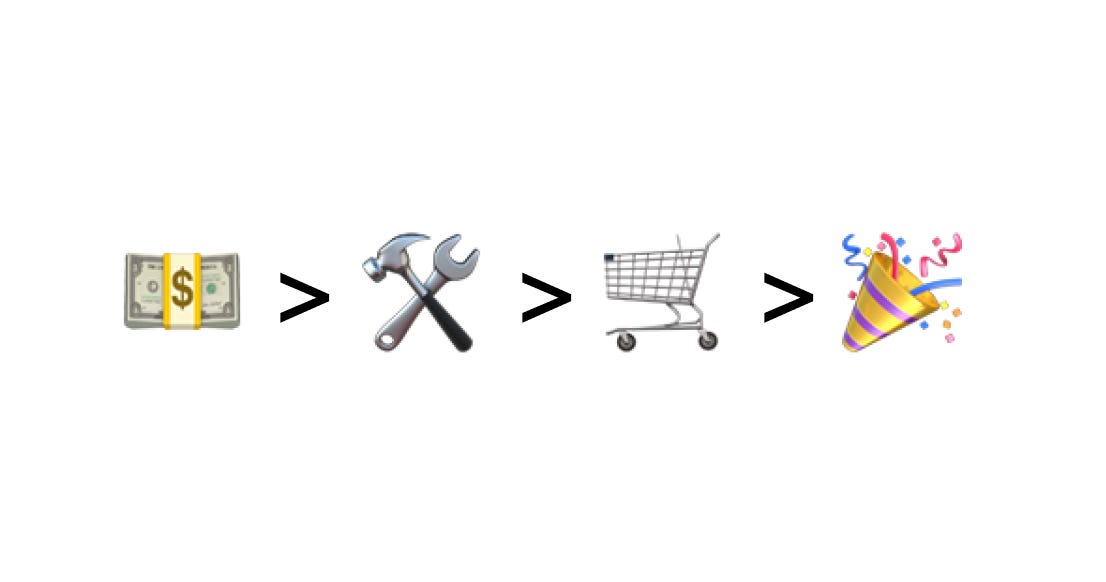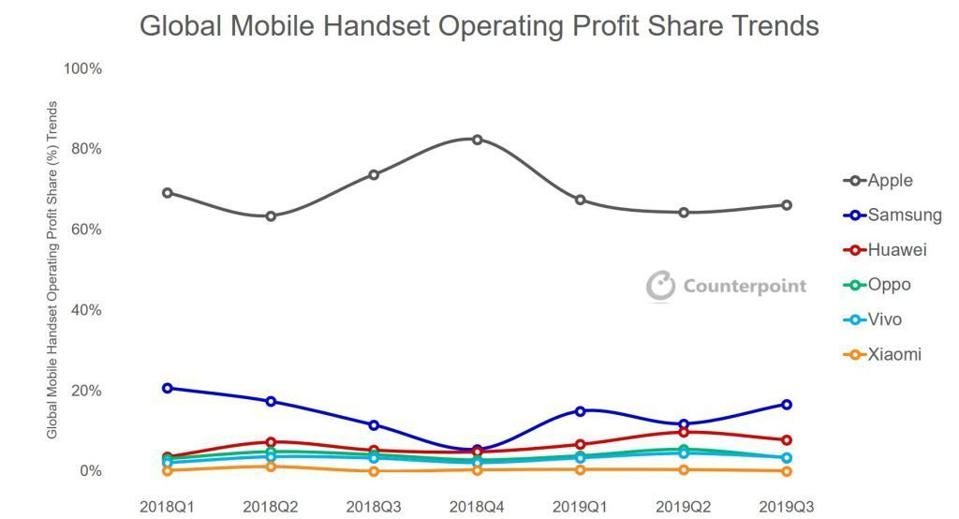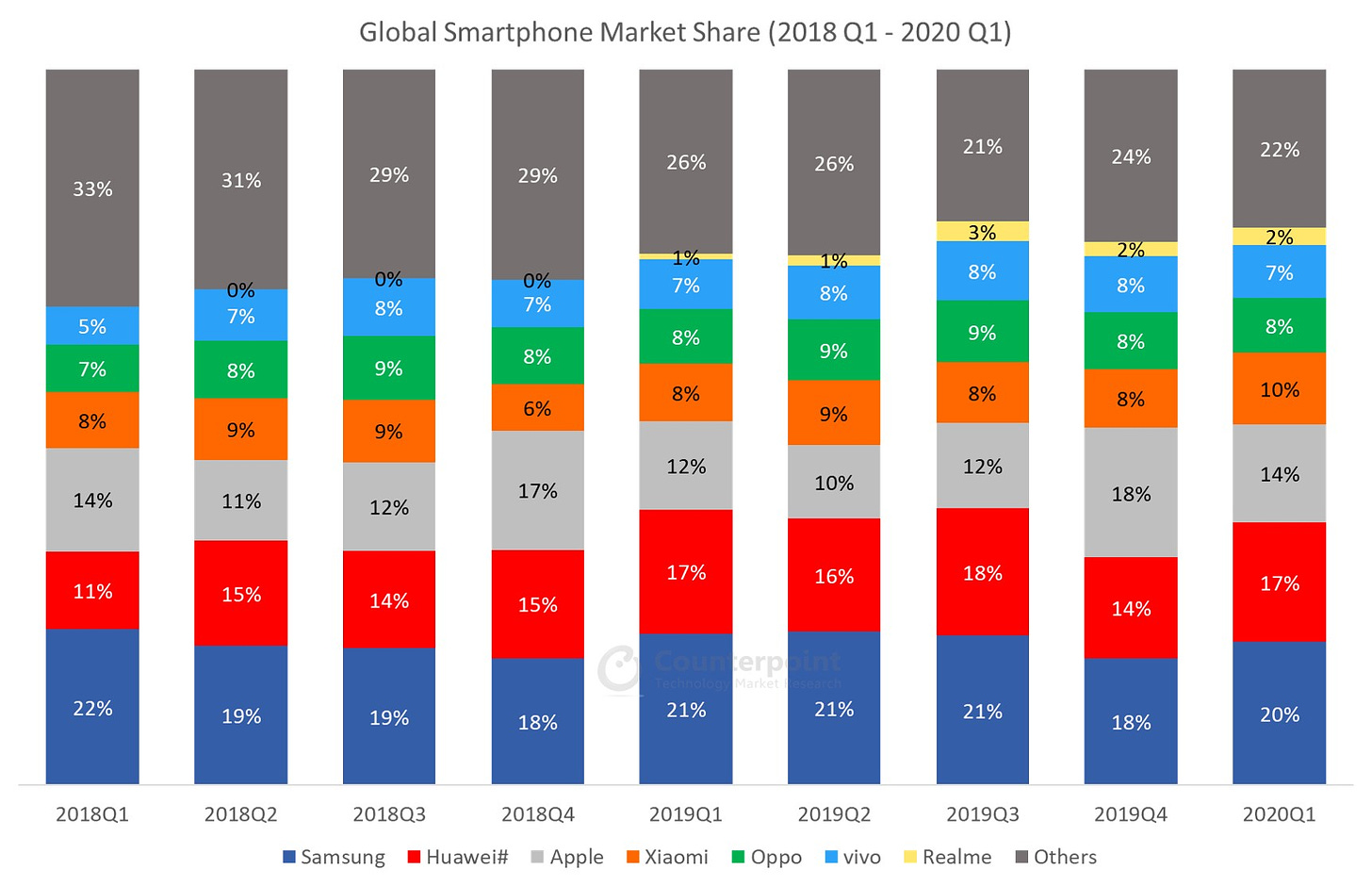#017 - PM Lessons by Meituan Co-Founder - Pt 15: Strategy for Product - 4Ps
5 mins read: Price > Product > Place > Promotion
👋 Hi! I’m Tao. As I learn about building products & startups, I collected some of the best content on these topics shared by successful Chinese entrepreneurs. I translate and share them in this newsletter. If you like more of this, please subscribe and help spread the word!
Let’s get you up to speed:
Wang Huiwen is the co-founder of Meituan, who recently retired at age 42 with an estimated net worth of >US$2B. He opened a Product Management course at Tsinghua University in September 2020. This article and others in this PM series are my translation and edits based on a compilation of the content of his course shared online. You can see other articles in this series here.
4Ps (Marketing Mix)
Some people think that the order of the 4Ps matters while others don't. I'm leaning towards it does matter and I think the order is Price > Product > Place > Promotion.
Price > Product
A whole book can be written on the topic of pricing, so I won't be able to talk about everything about pricing. However, I will focus on why I think Price comes before Product. In other words, price determines the product and not the other way around. The relationship between the two is similar to that of demand and supply. Generally speaking, in industries with scaled production, demand is more important than supply. Pricing affects demand, and product is the supply.
For example, it is that the iPhone X should be priced at $1000, or the No.1 smartphone should be priced at $1000?
iPhone's share of profit is higher than its share of shipments. Consumers are willing to pay for the best smartphone for $1000, regardless of whether the manufacturing cost is $100 or $500. That's the price premium of being the best in a category.
Whether it's iPhone or Tesla, the product is not always satisfactory. But since they're the best brand, it doesn't matter. Consumers can pretend there's nothing wrong with the product. The bragging rights alone affords a high price premium. In the example of petrol cars, the high-end and low-end cars may have the same chassis. The low-end cars may merely be a lite version.
Place, Promotion
The third component is Place, which we usually refer to as “channel”. You can have multiple channels. For P&G, Walmart is their channel. Now Taobao and JD are also their channels. For a game producer, their channels would be mobile app stores and Tiktok.
The best scenario is that you have synergy between your STP and your channel. For example, if you're developing an ACG game (anime, comic, game), and you can get your source material from Bilibili as well as use it as a promotional channel. As such, your target audience, game title, and promotional channel are highly concentrated around Bilibili, and your chance of success will be greatly increased. (Note: Real-life example, miHoYo.)
The last component is Promotion. It's complex and highly practical, so I won't expound here. But I'll use an example to illustrate STP and 4Ps comprehensively.
STP & 4Ps
Before Xiaonei ("On-campus Network"), we worked on Duoduoyou ("Many Friends"). However, Duoduoyou didn't get much traction, mainly because Duoduoyou was a social network meant for everyone. Of course, today, many social networks such as Facebook practically have everyone as their users. But that's not the case in the beginning. Even if your end goal is to create something that is used by everyone, in the early days of the product, you should only serve a narrow, well-defined segment of users. Remember that segmenting is not to choose the final market, but to choose an entry point.
In the spring of 2015, we were discussing whether Duoduoyou had chosen too broad a market. At the end of 2015, we've decided to go deep and launched Xiaonei to serve a segmented market - college students. The product was of course designed to meet students' needs. In the autumn of 2006, the beginning of a new academic year, many freshmen came in and thought Xiaonei was the school's official website.
The names themselves explain a lot. The reason we chose the name, Xiaonei ("On-campus Network"), was precisely because we segmented and chose the college campus market. Imagine if we marketed the mass market Duoduoyou ("Many friends"), would the students still mistake our website as the school's official website?
This is the magic of market segmentation.
In addition, in order to strengthen the recognition of our Positioning, you could only register for Xiaonei if your IP address is on the college campus or if you have the school's email. You could also declare your school and major, hometown, high school, etc. so we could aggregate the information and recommend relevant people to you.
What this means is that, after we've done our selection for the STP, in the Product part of the 4Ps, we again made product design decisions to match with our STP. There's nothing too complicated or insightful with these product decisions, but they did indeed strengthen users' recognition of our product.
We also hired hundreds of campus ambassadors to do promotions. The population density of students on school campuses was very high, so the promotional costs were very low. Alternatively, if you wanted to have a nationwide promotion at that time, your only choice would probably be advertising on national TV, which would be unrealistic for a startup. This step helped us to achieve high effectiveness and efficiency in Place and Promotion of the 4Ps.
If you recall the Diffusion of Innovations theory from the previous class, you would know that college students have a high willingness and ability to try new things - most of them would be Ealy Adopters or Early Majority.
As such, don't worry about you've chosen too narrow an entry point in the beginning. As the Chinese saying goes, a needle can pierce the sky (一根针扎破天).
(Note: Figuratively, it means applying enough force at the correct point can crack any problem open or if you do one thing exceptionally well then nothing can stop you. Similar wisdom: 1. “It's better to do one thing well than ten things poorly.” - Heather Hart. 2. “Do not try to do everything. Do one thing well.” - Steve Jobs. 3. “Better to do a little well, then a great deal badly.” - Socrates.)
(The second half of the Chinese idiom is 一招鲜吃遍天 - if you are good at one craft then you can earn a living anywhere you go. English idiom - "When you have the skill, you can eat your fill.")
Doing STP right has a profound impact on product design and promotion.
4Ps are a combination
I'd like to emphasize that the 4Ps are a combination. For example, hotel reservation is a product. The corresponding service for this product is that if you have reserved a room on Meituan, but when you arrived at the hotel, the hotel tells you that they no longer have any vacancy, then our platform is responsible for helping you to find a room with guaranteed quality. Therefore, the price for this hotel reservation product will be relatively higher.
Hotel group buy is a different product, and it will be priced relatively cheaper. It requires the consumer to call the hotel beforehand to confirm there is room availability. If it turns out that there is no vacancy when you arrived at the hotel, then Meituan is not responsible for that.
This is the relationship between service/product and price.
In the hotel industry, hotels will do their channel management. Their first channel is walk-in customers. The second is tour groups. The third is corporate customers. And the fourth is online traffic. Among them, there are some big price differences. Corporate customers have the lowest price point but the demand is the most stable. Tour groups are affected by seasonality and the price fluctuation is big. The hotels have to do channel isolation to make sure the walk-in customers don't become corporate or tour group customers as walk-in customers have the highest price point.
These channels are combinations of the 4Ps. A company that simultaneously manages several 4Ps combinations faces significant operational complexity. For example, P&G operates multiple shampoo brands. It's not an uncommon occurrence for a company that operates multiple 4Ps combinations to mess up their price, product, place, and promotion across their different products.
Pay attention to the matching relationship between STP and the 4Ps. Do the selection in STP first, then apply the 4Ps.
Find the article insightful? Please subscribe to receive more learnings from Chinese Internet companies and I’d appreciate it if you can leave a comment or help spread the word!






